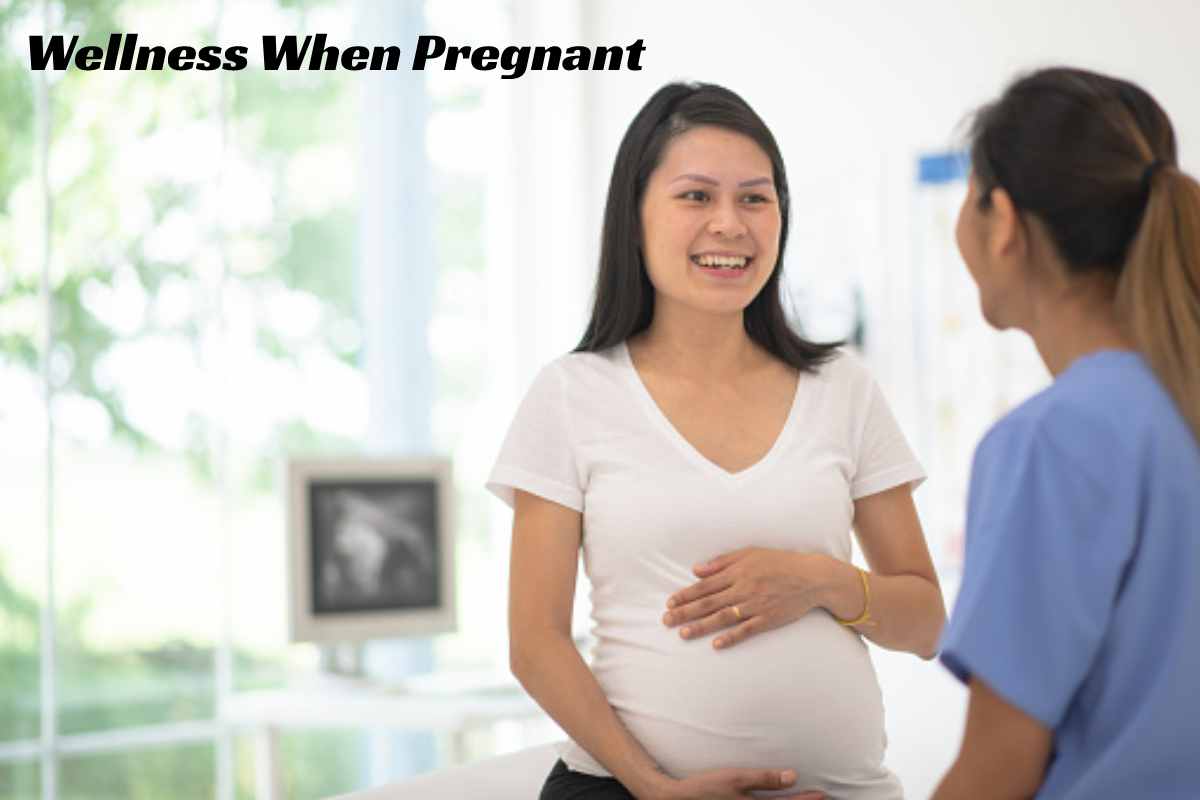Table of Contents
Dietary and Caloric Recommendations
Wellness When Pregnant, About 300 extra calories remain needed each day to maintain a healthy pregnancy. These calories should come from a regular protein, fruit, and vegetable diet. And also whole grains. In addition, sweets and fats should remain kept to a minimum. A healthy, well-balanced diet can also help reduce pregnancy symptoms, such as nausea and constipation.
Fluid Drinking During Pregnant
Fluid drinking is also an essential portion of nutrition during pregnancy. Shadow these references for fluid intake during pregnancy: You can get sufficient fluids by drinking numerous glasses daily and fluids in juices and soups. Also, talk to your healthcare breadwinner or midwife about confining your caffeine and artificial sweeteners intake.
- Circumvent all forms of alcohol.
- Ideal foods to eat during pregnancy
- She is eating securely during the pregnancy infographic.
The Following Foods Are Beneficial For Fetal Health And Growth Through Pregnant:
Vegetables: incentives, sweet potatoes, pumpkin, spinach, cooked greens, tomatoes. And also sweet red peppers (for vitamin A and potassium)
Fruits: cantaloupe, honeydew melon, mangoes, prunes, bananas, apricots, oranges, and red or pink grapefruit (for potassium)
- Dairy: fat-free or low-fat yogurt, 1% or skim milk, soy milk for calcium, potassium, vitamins A and D
- Grains: ready-to-eat cereals, heated cereals for iron and folic acid
- Proteins: beans and peas; Nuts and seeds; Lean beef, lamb, pork, herring, sardines, salmon, trout, and haddock
- Foods to evade finished pregnancy
Avoid Eating The Next Foods During Pregnancy:
Raw milk and nourishments complete with raw milk (soft cheeses, with feta, queso Blanco, queso fresco, Camembert, brie, or blue-vein cheeses unless labeled [made with pasteurized milk] Hot dogs and cold cuts (if heated until steaming hot before serving
Raw and undercooked seafood, eggs, and meat. Don’t eat fresh fish made with raw fish. Cooked sushi leftovers are safe.
- Chilled pate and meat pasta
- Chilled Smoked Seafood
- Guidelines for secure food handling
Follow These General Food Safety Rules When Handling And Cooking Food:
- Dye all raw produce methodically with tap water before eating, cutting, or cooking.
- Wash your hands, knives, countertops, and cutting boards after handling and preparing raw food.
- Cook meat, pork, or poultry to a safe internal temperature confirmed by a food thermometer.
- Rapidly refrigerate all perishable foods.
- Prenatal vitamin and mineral additions
Most healthcare breadwinners or midwives will prescribe a prenatal supplement before or shortly after conception to meet your nutritional needs. However, a prenatal supplement is not a supernumerary for a healthy diet.
The Importance Of Folic Acid
The US Public Health Service sanctions that all women of childbearing age eat 400 micrograms (0.4 mg) of folic acid regularly. Folic acid is a nutrient that creates:
- Some green leafy vegetables
- Most berries, nuts, beans, citrus fruits, and fortified breakfast cereals
- Some vitamin additions.
Folic acid may reduce the danger of neural tube faults and congenital incapacities of the brain and spinal cord. Neural tube flaws can cause paralysis, incontinence, and occasionally intellectual inability.
Folic acid remnants are most generous during the first 28 days after beginning, when most neural tube defects happen. Inappropriately, you may not realize you’re pregnant before 28 days. Therefore, your folic acid intake should start before starting and continue throughout pregnancy. Your healthcare breadwinner or midwife will endorse the correct sum of folic acid to meet your wants.
For example, women captivating antiepileptic drugs may want higher doses of folic acid to stop neural tube flaws. They should refer to their healthcare breadwinner when considering.
Conclusion
It is generally agreed that wellbeing includes, at the minimum, the following three factors: 1) Frequent positive emotions, mood, and feelings. 2) Satisfaction with life, fulfillment and positive functioning. 3) The absence of stress and mental health illness and infrequent negative emotions.

